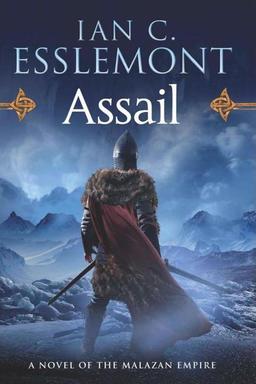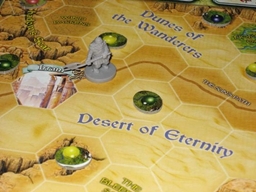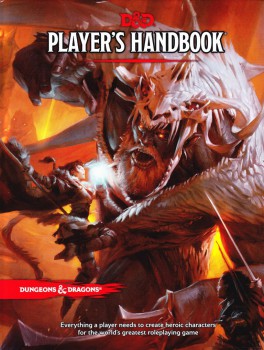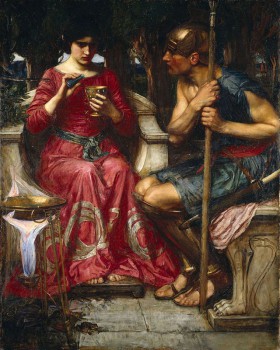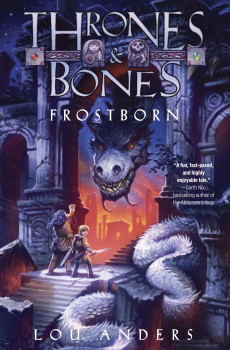Goth Chick News Reviews: Fearie Tales, Stories of the Grimm and Gruesome
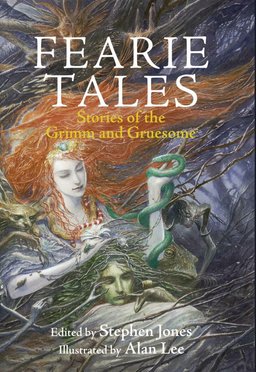 If you have had the opportunity to read the original tales of the Brothers Jacob and Wilhelm Grimm, then you know that their stories are a far cry from the Disney and Warner Brothers’ versions.
If you have had the opportunity to read the original tales of the Brothers Jacob and Wilhelm Grimm, then you know that their stories are a far cry from the Disney and Warner Brothers’ versions.
Red Riding Hood and her grandmother are eaten, Snow White’s step-mother must dance at Snow White’s wedding wearing hot, leaden shoes until she dies, and Sleeping Beauty’s mother-in-law tries to eat her along with her two children as soon as her prince turns his back.
Apparently, in-laws were a problem even in 1812…
As an aficionado of all things creepy, Children’s and Household Tales (a.k.a. Grimm’s Fairy Tales) have long since been a staple in my library, which may explain why I don’t get asked to babysit more often. So I was thrilled to open a package from Quercus Publishing this week containing their newest offering, Fearie Tales, Stories of the Grimm and Gruesome.
Fearie Tales is a compilation of stories, entirely in the tradition of the Brothers Grimm, but penned by a thoroughly modern list of storytellers such as Garth Nix (The Seventh Tower series), Ramsey Campbell (most award-winning author in the horror genre), and my personal favorite, the legendary Neil Gaiman. The book is decorated with several disturbing illustrations by Oscar-winning Tolkien artist Alan Lee.
Containing thirty-one tales ranging in length from three pages to over fifty, it was easy to immediately dig in to — so I can give you at least a preliminary report. “Rapunzel” is a direct reprint of the 1812 Grimm tale, which itself is a retelling of the French story of Persinette originally published in 1698. The prince does indeed climb up to Rapunzel’s chamber using her hair, leaving her pregnant with twins and without his last name.
They all do live happily ever after… eventually.
